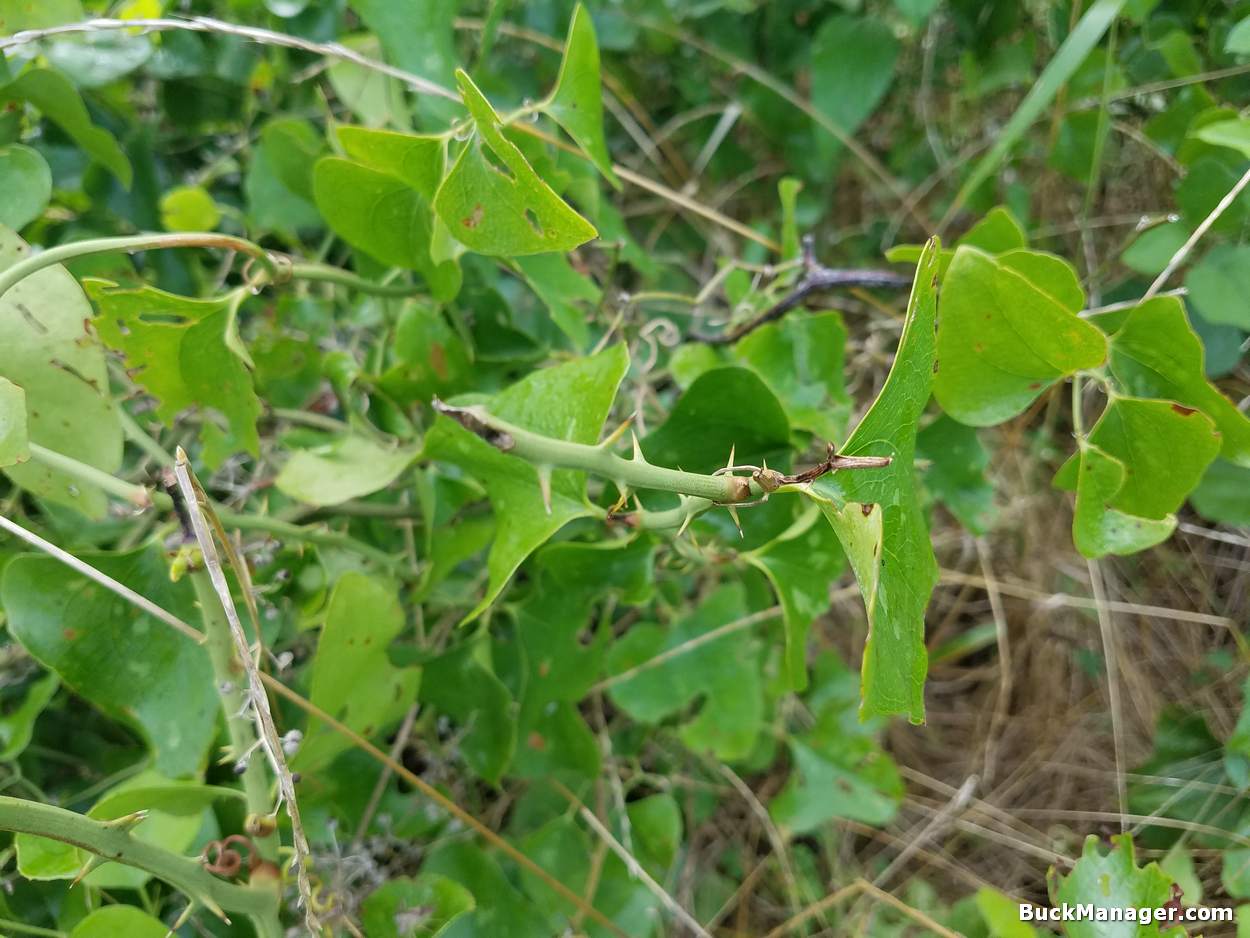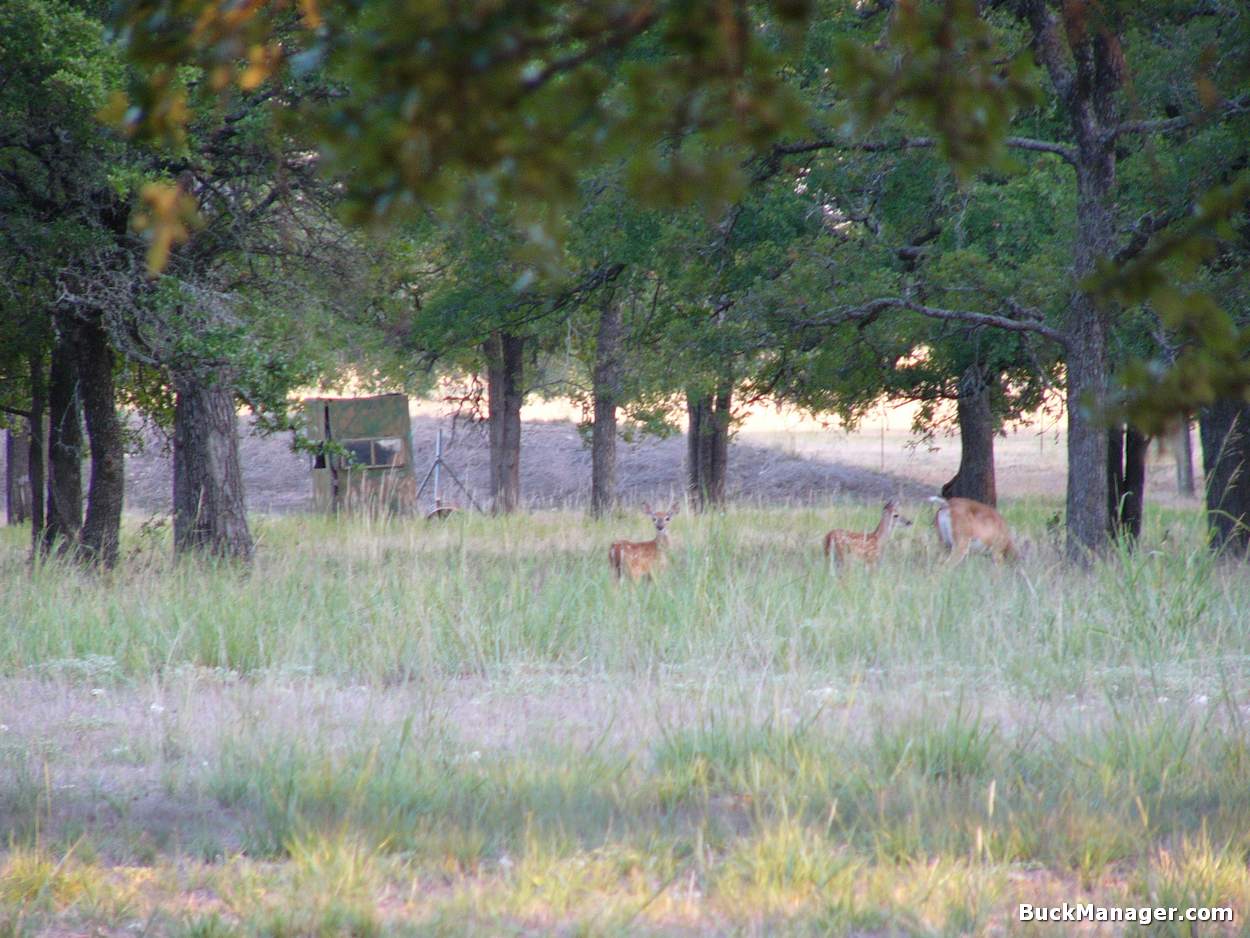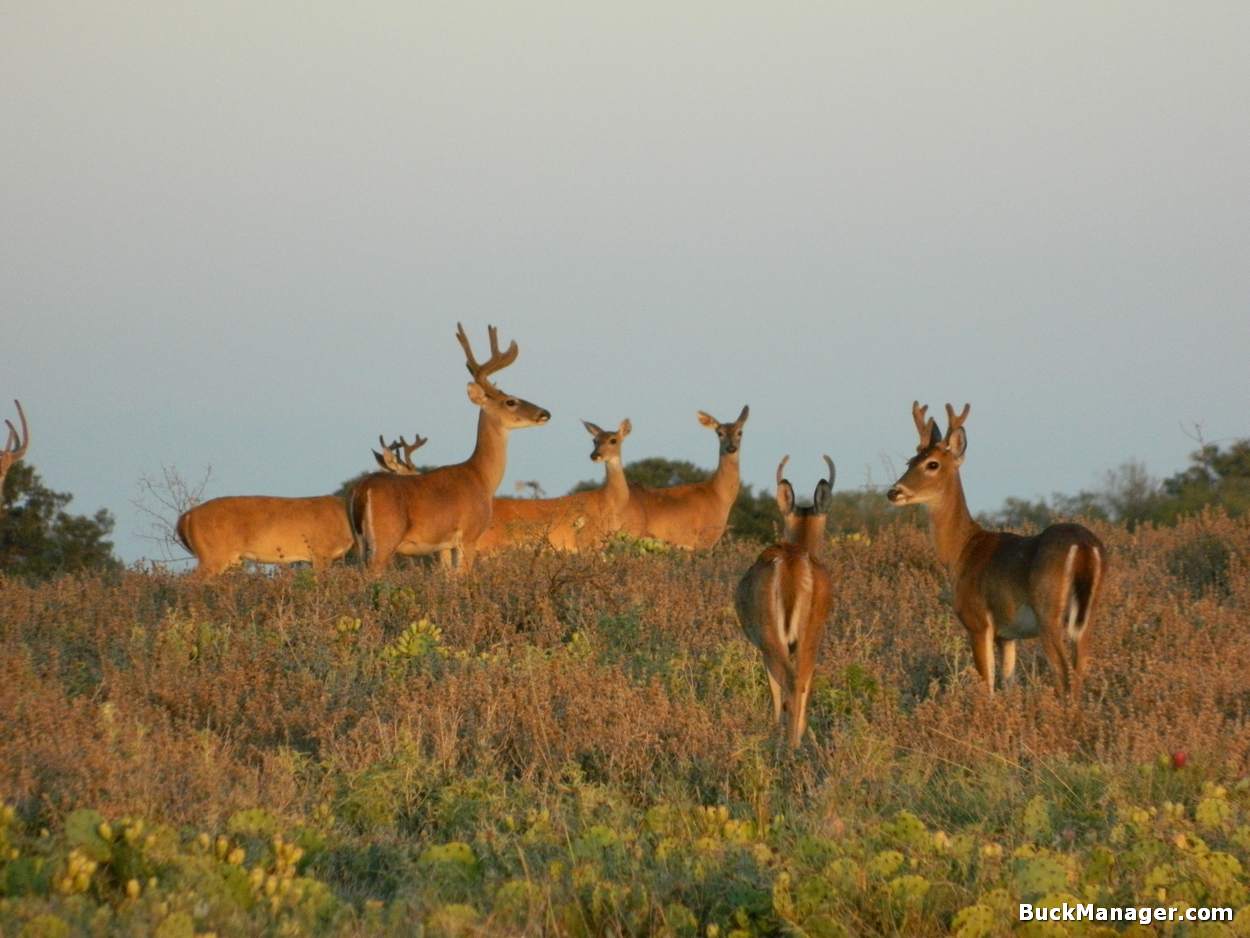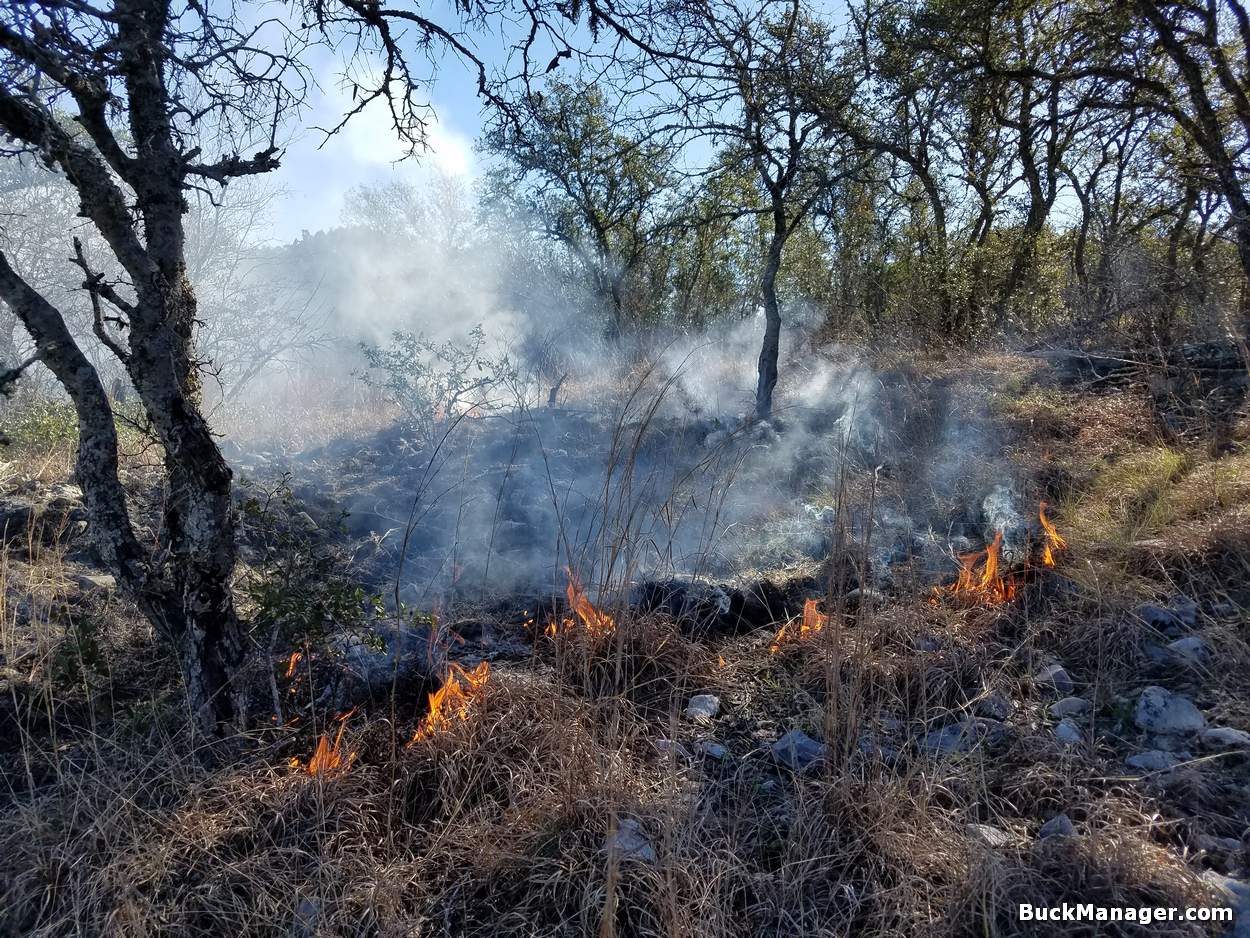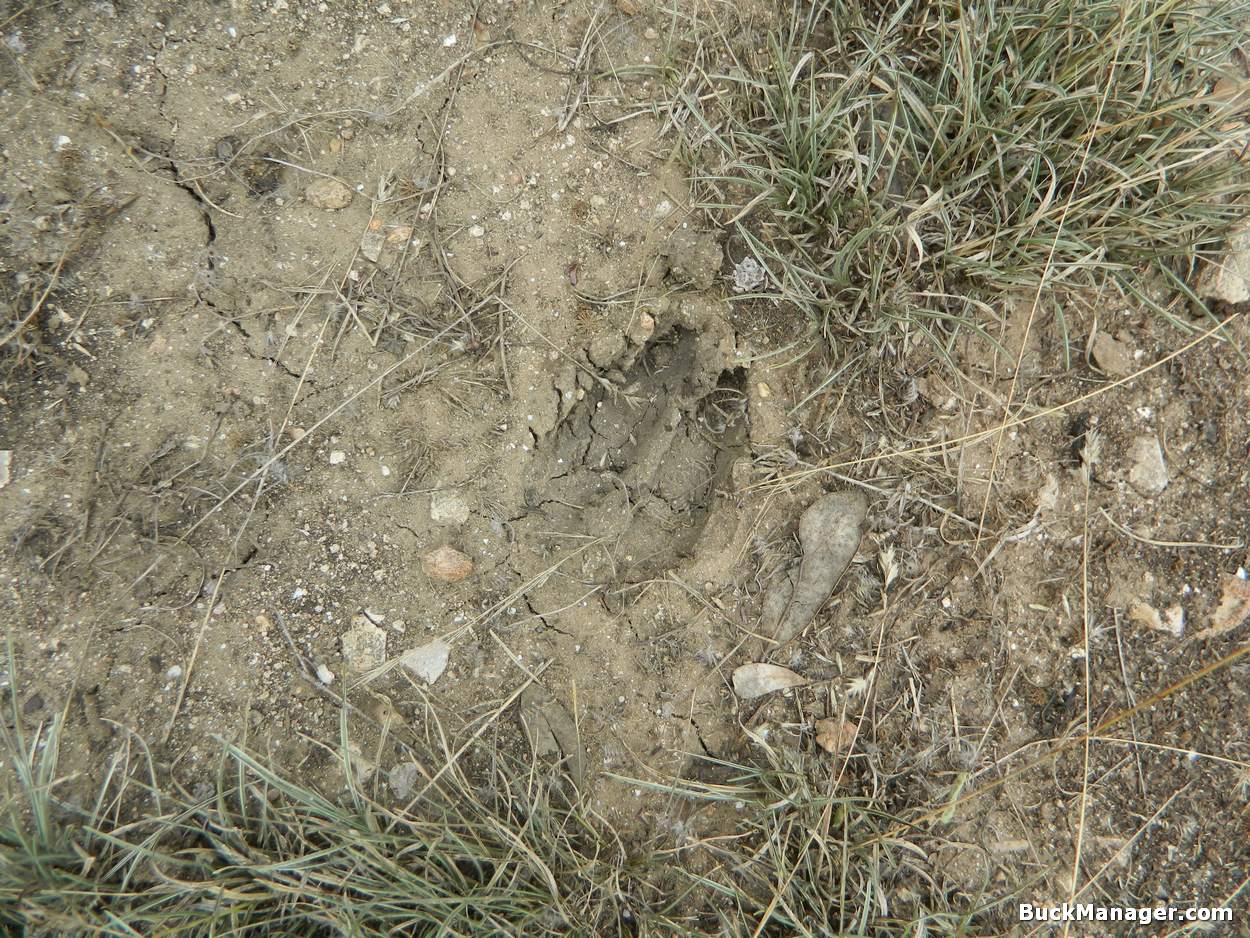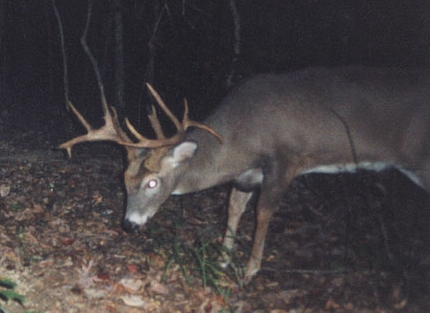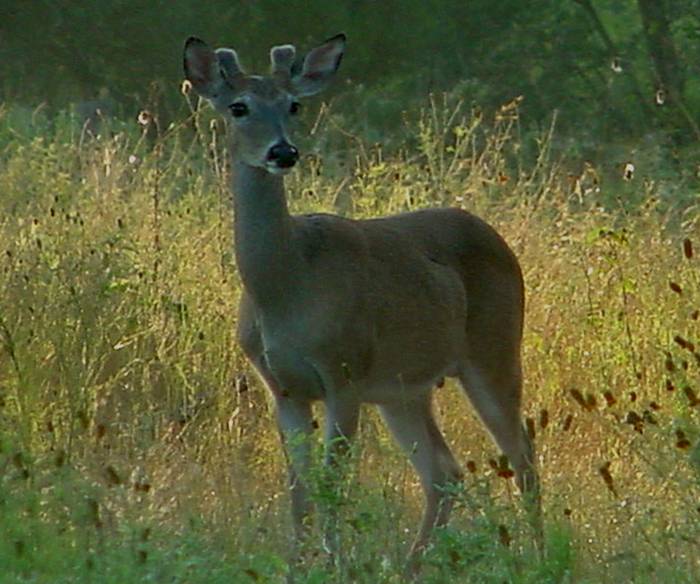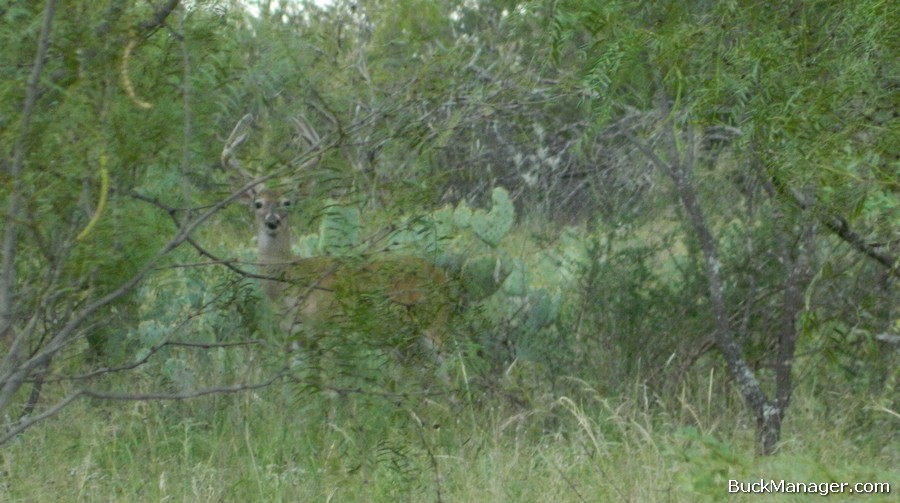TPWD’s Conservation Option
The Conservation Option and the Harvest Option are the two options being offered up through the Managed Lands Deer Permit (MLDP) Program for the 2017-18 deer hunting season by Texas Parks and Wildlife Department (TPWD). Texas property owners currently involved with the “old” MLDP Program are going to have to make a choice as to which route they want to go.
Those considering to get involved with TPWD, deer management activities on their land will also have to pick one to go with as TPWD has written that the MLDP Program will no longer exists in its current form. Say adios to Level 1, Level 2 and Level 3. They will all be discontinued.
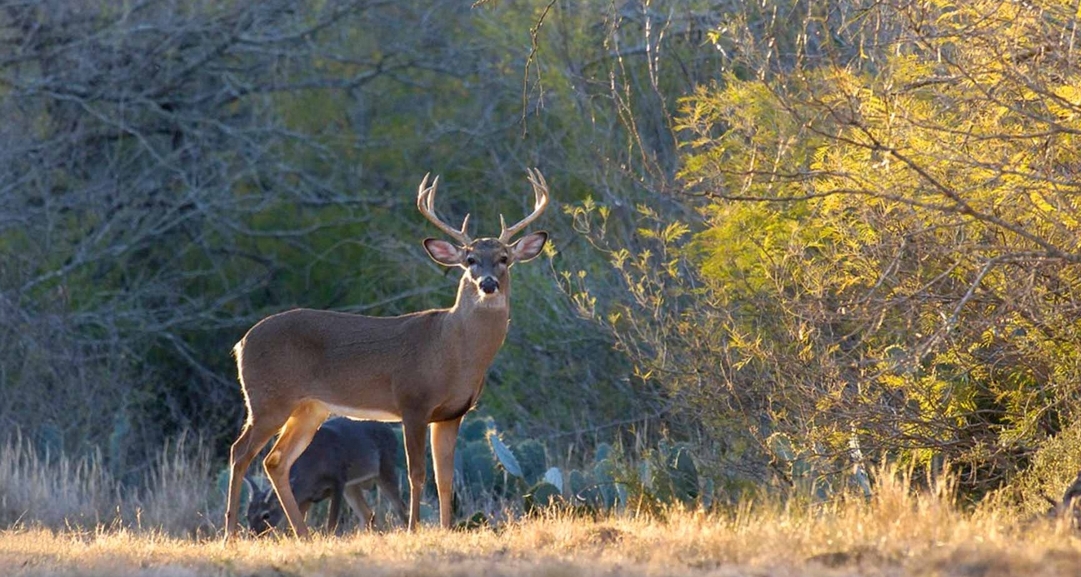
But for those afraid of change, feel comfort in knowing that the Conservation Option appears to be pretty much the same as MLDP Level 3. Participating property owners will still receive technical assistance and individualized deer harvest and habitat management recommendations for their property. The Harvest Option is similar in many ways, but no formal involvement/assistance is required from a TPWD biologist and is geared for properties already working up their own annual harvest recommendations.
Conservation Option for White-tailed & Mule Deer
The Conservation Option offers participating property owners the opportunity to work with a TPWD biologist to receive ranch-specific habitat and deer harvest recommendations and MLDP tag issuance based on property-specific deer population and habitat data.
This option does require certain types of deer data as well as completion of habitat management practices each year in order to enter and remain in the program. Under the Conservation Option participants will enjoy the maximum harvest flexibility of MLDP.
Conservation Option Participation Requirements
Entry in the option requires a TPWD-approved wildlife management plan for the property that includes:
- Deer population data for the 2 preceding years,
- Number of bucks and does harvested in each of the 2 preceding years,
- Two Department-approved wildlife habitat management practices must have been conducted in each of the 2 preceding years.
- Deadline to request participation in the Conservation Option is June 15.
- Requests made after that date will not be considered in the Conservation Option for that hunting season, but may choose the Harvest Option for that year.
Once enrolled in the Conservation Option, persons wishing to continue participation over future hunting season must:
- Acknowledge their intent to participate in the upcoming season through TWIMS,
- Provide current year deer population/survey data,
- Provide the number of buck and antlerless deer harvested,
- Implement 3 TPWD-approved habitat management practices each year enrolled as specified in the wildlife management plan.
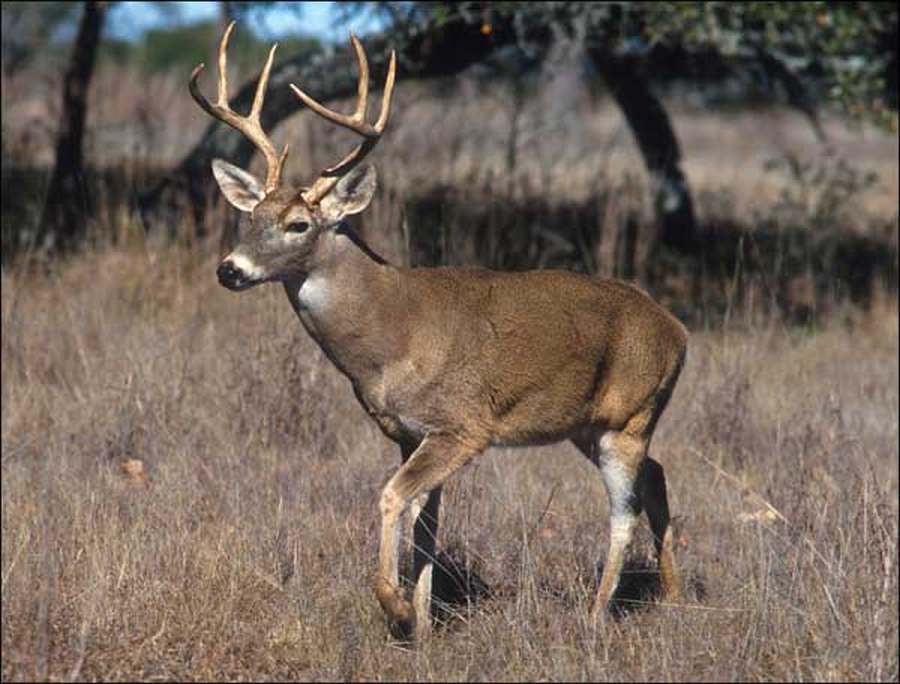
Aggregate Acreage For Conservation Option
Multiple landowners may combine contiguous tracts of lands to create an aggregate, larger acreage for program enrollment. Only a single wildlife management plan addressing all tracts of land within the aggregate acreage is required. In addition, a single participant must be designated to receive MLDP tags and they may be used on any property within the aggregate acreage.
The aggregate acreage is required to complete 3 habitat management practices as directed in the wildlife management plan.
Wildlife Management Associations
Wildlife Management Associations (WMA) may enroll and participate in the Conservation Option. A single wildlife management plan addressing all tracts of lands within the association that receive MLDP tag issuance is required.
MLDP tags and harvest recommendations will be issued to individual tracts of land within the WMA and tags are valid only on the tract of land for which they are issued. The WMA is required to complete 3 habitat management practices as directed in the wildlife management plan.
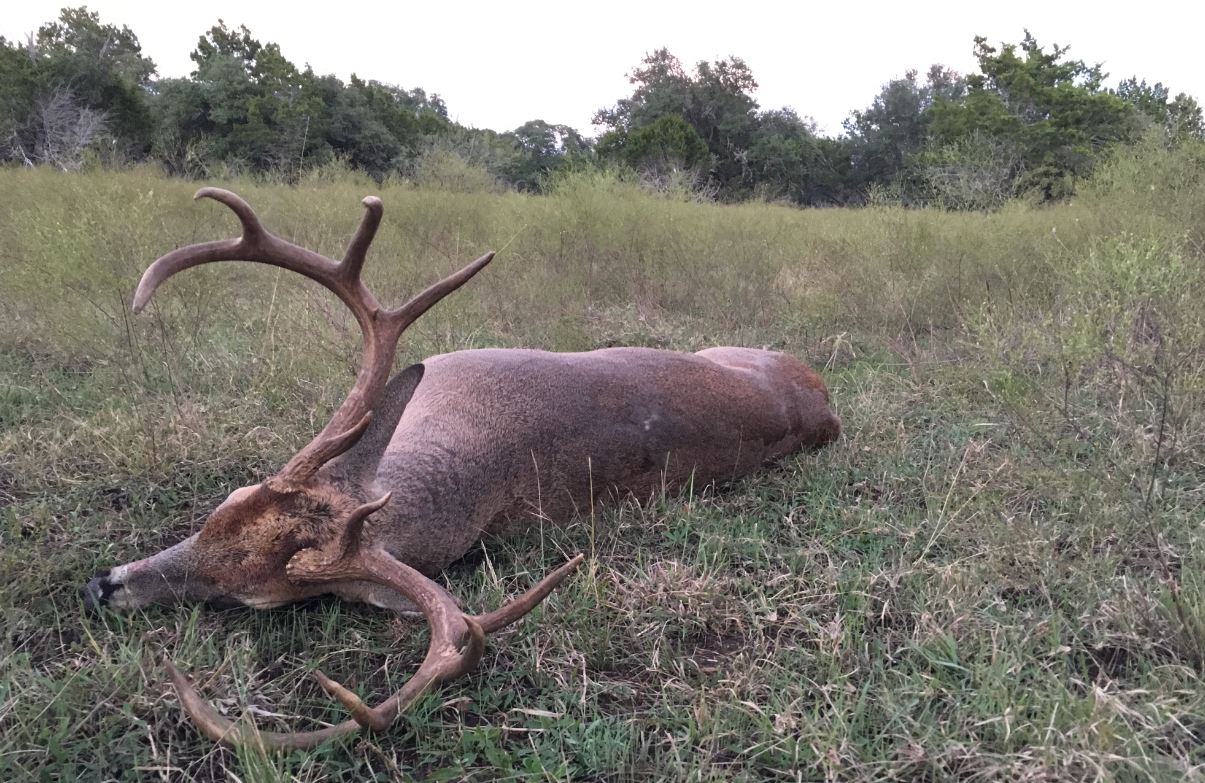
Conservation Option Tags
As in the past, participating private landowners will be issued MLDP tags for both buck and antlerless deer. Wildlife Management Associations and Cooperatives enrolled in the Conservation Option may choose to receive MLDP tag issuance for:
- Only antlerless deer or,
- Buck and antlerless deer.
Under the Conservation Option, MLDP tag issuance will be customized for enrolled property and determined utilizing deer population data collected on the property. Deer survey methods used to collect and determine deer population estimates must consists of TPWD-approved methods applicable to the property and ecoregion, and identified in the wildlife management plan specific to that property.
Conservation Option Season Dates
White-tailed Deer
- Antlerless and buck white-tailed deer may be harvested by any lawful means, including modern firearm, from the Saturday closest to September 30 through the last day of February.
Mule Deer
- Antlerless and buck mule deer may be harvested by only lawful archery equipment from the Saturday closest to September 30 for 35 consecutive days.
- Antlerless and buck mule deer may be harvested by any lawful means, including modern firearm, from the first Saturday in November through the last Sunday in January.
- General Requirements of MLDP
Reporting Requirements
Participating property owners in either the Harvest or Conservation Option will be required to report the number of buck and antlerless deer harvested each season. In addition, participants in the Conservation Option will be required to report the habitat management practices conducted on the property each year.
All reporting of required information is to be completed electronically in TWIMS and is the responsibility of the landowner or landowner’s designated agent to insure data is reported by the deadline. Deadline for reporting required deer harvest and habitat management information is April 1.
Conservation Option Tags
The new options under the MLDP Program will both offer a “print your own tag” system. This will allow landowners/hunters to print their own tags as needed. Once a property-specific harvest recommendation is made, a PDF file of the permits will be emailed to participant.
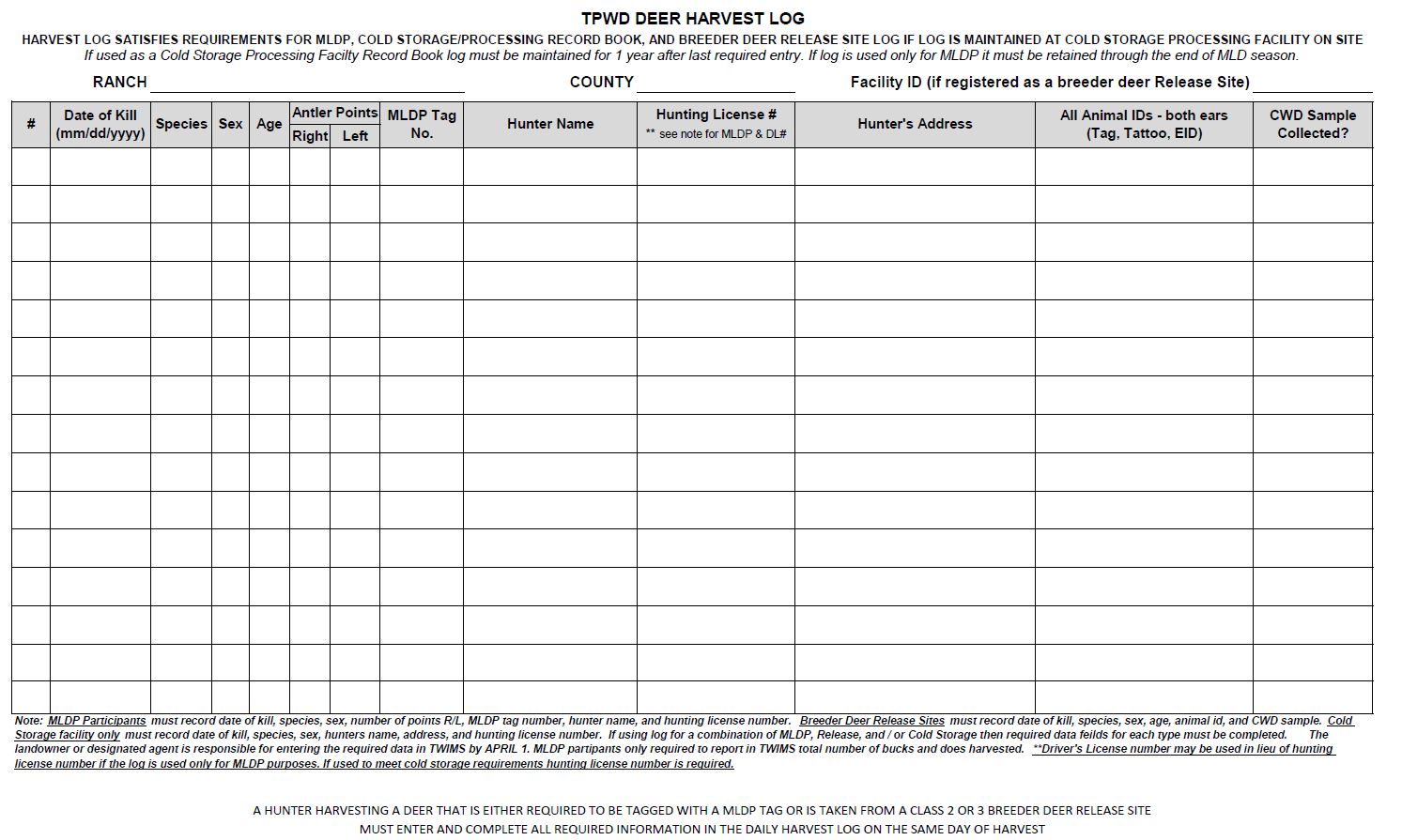
Harvest Logs
Program participants are required to maintain a TPWD-approved daily harvest log on the property enrolled in MLDP because of the new “print your own tag” system.
The harvest log must be maintained for the property through the end of MLDP hunting season.
A hunter harvesting and tagging a deer under the authority of MLDP must enter appropriate information, such as date of kill, species, sex, MLDP tag number, hunter name, and hunting or driver’s license number of hunter, into the harvest log on the same day of harvest.
Additionally, the harvest log may satisfy the cold storage and processing facility record book provided certain information is include in the log and is retained on the MLDP property for 1 year following date of the last harvest entry.
Summary of the Conservation Option
Again, the Conservation Option of the new MLDP Program will essentially be the old Level 3. It appears that there will be mandatory reporting online using TWIMS under the new system, but from my understanding most property owners involved in the MLDP Program are already doing this. The enrollment deadline for properties new to the program being moved up to July 15 from August 15.
For property owners currently participating in the MLDP Program, the Conservation Option will function very similar to what you are familiar with. TPWD has stated that, “As 2017 approaches a more detailed document explaining the application process in TWIMS and specific program rules will be available to program participants.” Will let you know when that happens.
Learn more about the Harvest Option in Texas.
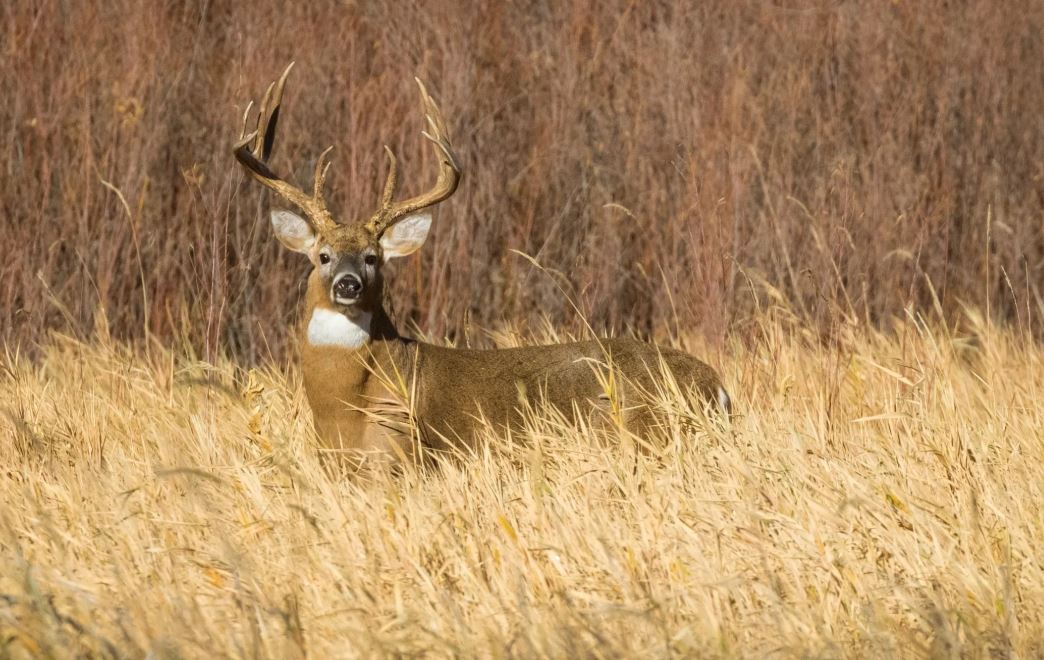
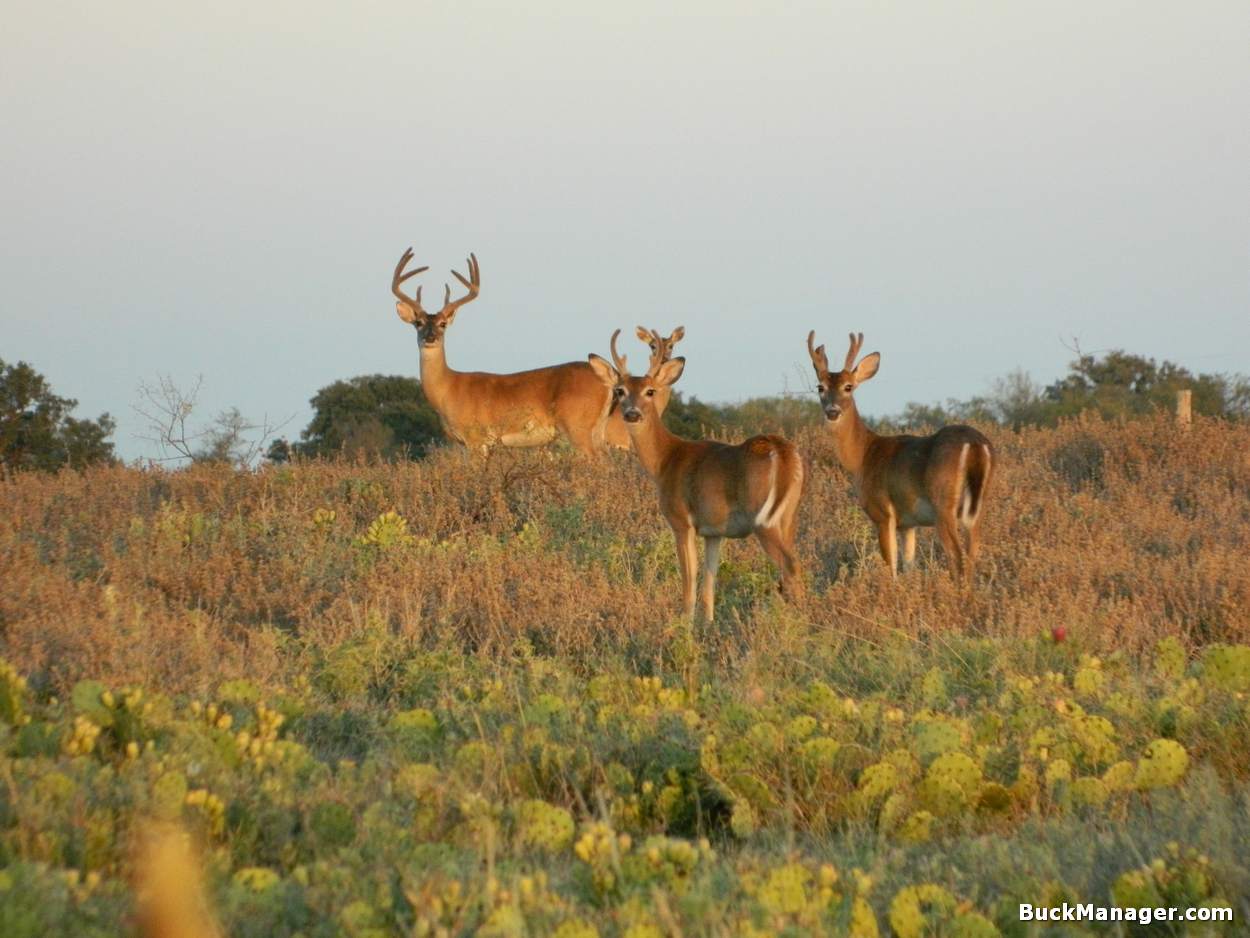
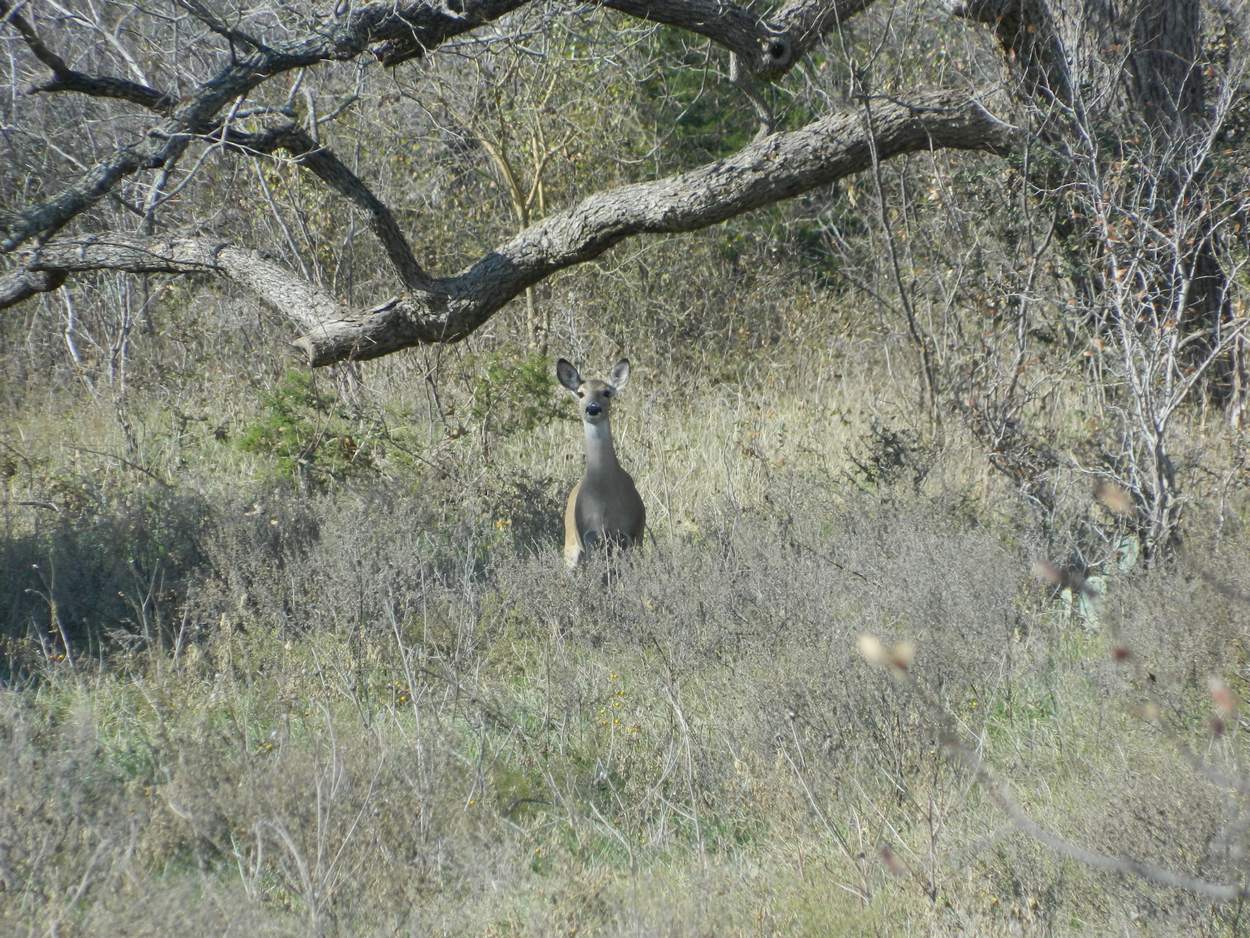
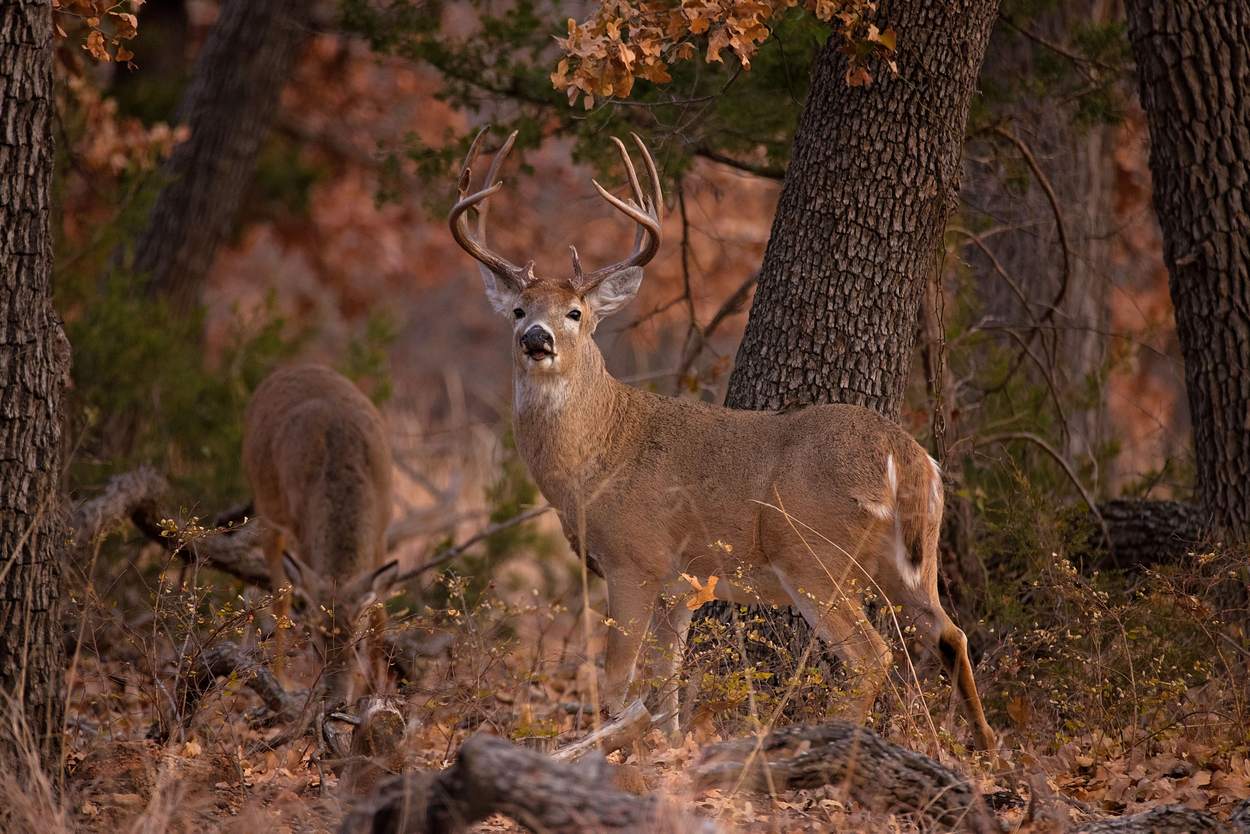
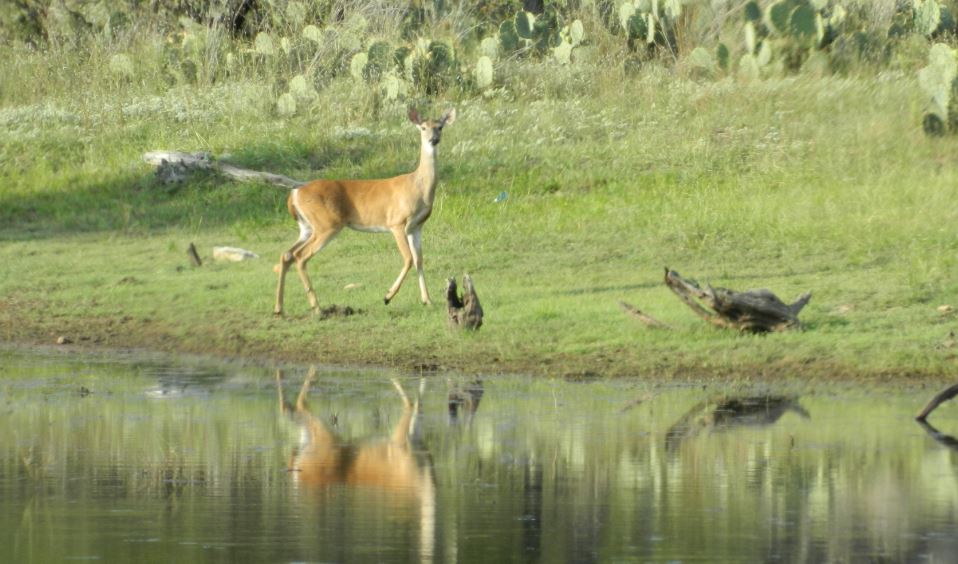
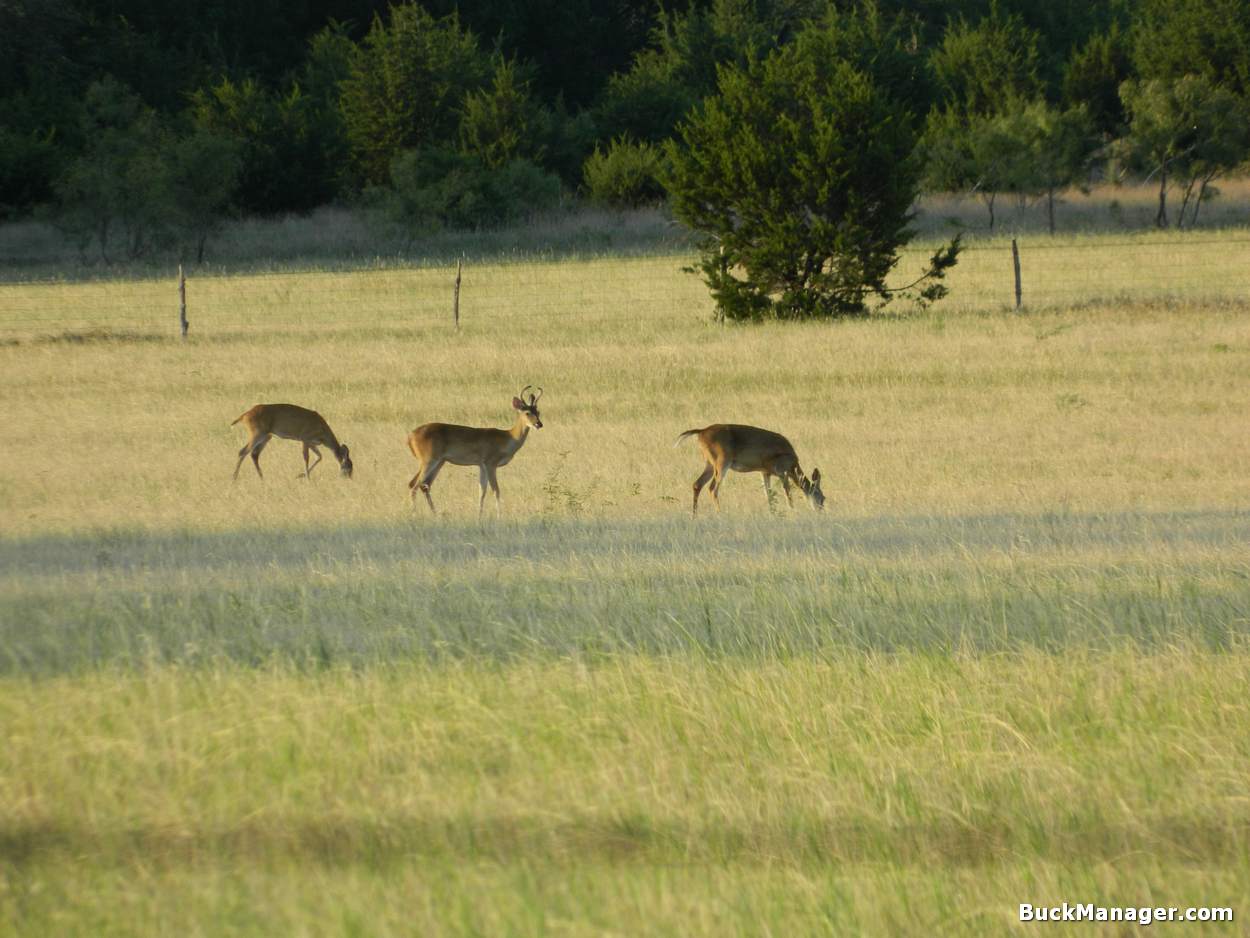
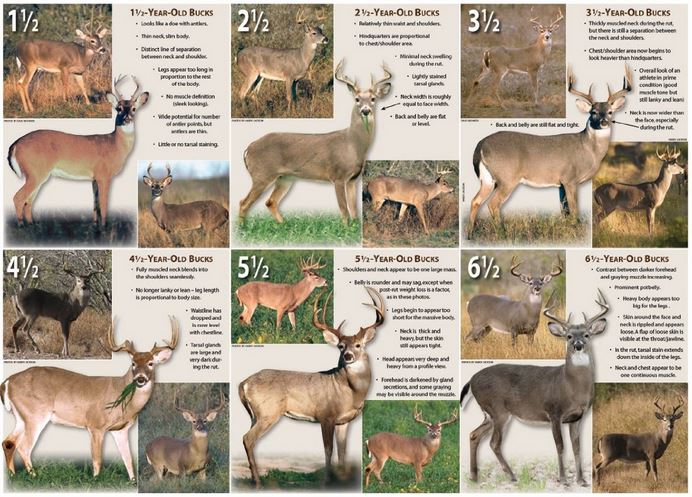 A buck that’s only 3 1/2 years old is not nearly topped-out, but the antlers sitting atop his head tell a lot about his future. First, let me just say that culling is subjective and depends much on the deer herd found in an area. It also depends on the
A buck that’s only 3 1/2 years old is not nearly topped-out, but the antlers sitting atop his head tell a lot about his future. First, let me just say that culling is subjective and depends much on the deer herd found in an area. It also depends on the 